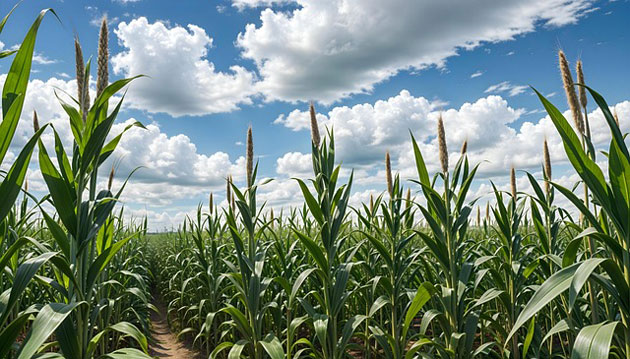Millet is small, simple, and an easily grown grain crop. You simply need to plant the seeds in warm, well-drained soil, be sure that the seeds get ample sunlight and water sparingly as the seeds take root and, in a few months, you will be getting golden heads of grain.
This is a type of ancient grain that has been grown since thousands of years ago in Asia and Africa, and nowadays it has experienced increasing popularity among home gardeners once again. This article will teach you how to grow millet at home, so you too can enjoy its benefits.
Why Millet Deserves a Place in Your Garden
Millet plays an important role in the garden due to many features that it offers. It has been long overshadowed by the great grains like rice, wheat, and corn but now its worth is being recognized. It is nutritious, containing much protein, dietary fiber and important minerals such as magnesium, iron and phosphorus.
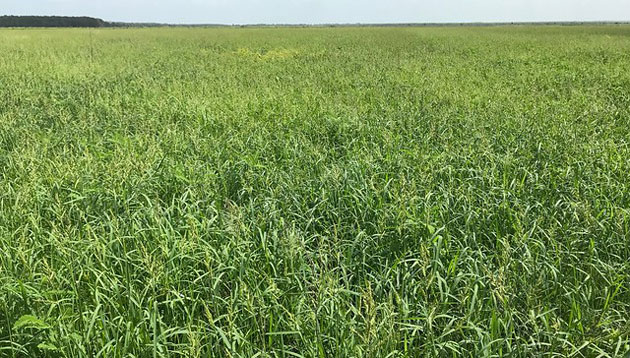
More benefits of millet include the fact that unlike most cereals, it is naturally gluten-free and, thus, can be consumed safely by individuals with a diagnosis of celiac diseases or gluten allergies. In addition to its health and cooking benefits, millet is a plant that adds to the aesthetics of a garden.
Choosing the Right Millet Variety
All millet varieties are not the same. Your choice will be up to space, weather, and what you want to achieve. Here are some varieties:
- Pearl Millet – tall plants that have big and thick seed heads. It’s very productive and needs more space which makes it a staple in the African and Indian continents.
- Foxtail Millet – small and fast growing, and its seed heads are tapered in shape and look like the tail of a fox. Perfect in smaller gardens or in containers.
- Finger Millet – it yields reddish-colored nutrient-laden seeds. In South Asia, it is an ingredient of baked goods and porridge.
- Proso Millet – the least advanced kind. It matures fast; it can also adjust to other soils and be harvested within 60 days.
- Japanese Millet – this may be grown as a bird feed or as a cover crop even though edible. Fast growing and hardy.
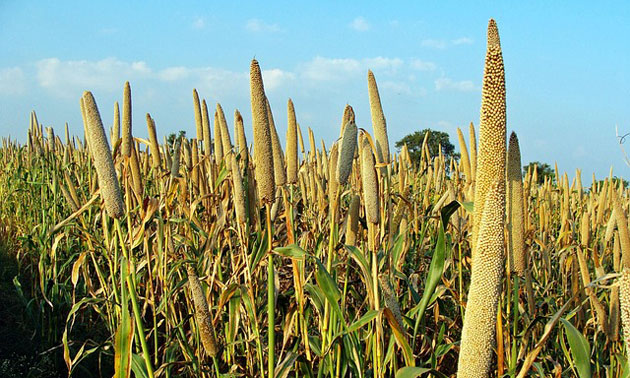
Preparing the Soil for Millet
Successful millet crop is based on healthy soil. Millet does not require fertile soil as certain vegetables; however, it requires the proper conditions such as:
- Drainage – Millet detests soggy roots. Sandy or loamy soils that drain well are best.
- pH Level – Millet is a plant that prefers slightly acidic and neutral soil (pH 5.5-7.0). You need to add compost to your soil in case it is too alkaline to balance its pH.
- Nutrients – Millet is a hardy crop but organic matter is beneficial for it. Before planting, work into the soil upper layer with 6-8 inches depth of soil mix compost or old manure. The smallest quantity of nitrogen performs miracles to enhance the growth at an early stage.
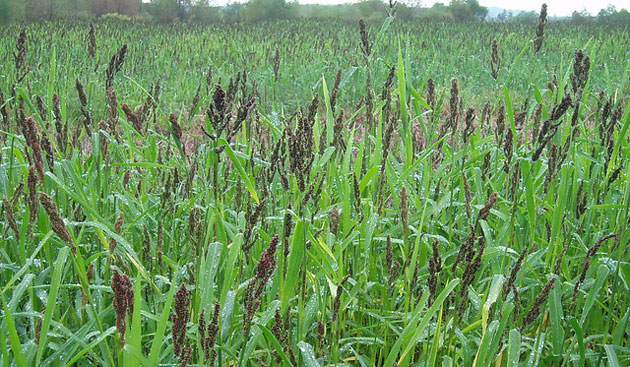
How to Grow Millet: Timing and Technique
Millet is a warm-season crop. The cold soil can stunt the growth of plants planted too soon, hence timing is important. For instance, plant when all threat of frost is over and soil temperatures are 70°F or more (21 °C or more). In the majority of cases, this is late spring or early summer.
Millet seeds may be planted directly to the ground. Spread them wide across your growing garden bed or in straight neat rows. Scatter the soil on the top of the seeds with 1/ 2 to 1 inch. When planted in rows, ensure that they are spaced 10-12 inches apart as this will help prevent disease as well as to facilitate air passing through them. Water is then sprayed a little to make the soil loose. Keep the soil surface constantly moist till germination of the seeds.
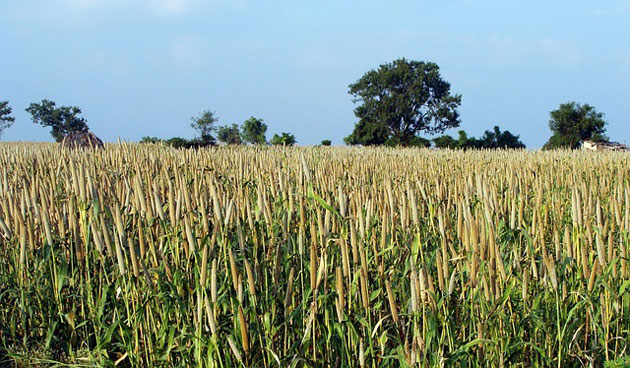
Caring for Millet as It Grows
Millet once planted does not need much attention as compared to other garden crops. Nonetheless, with good attendance there is a healthy harvest.
- Watering: Millet is also drought resistant although regular watering boosts steady growth. Water during dry seasons, once or twice a week. Intermittent watering to avoid root rot will ensure the soil dries up.
- Weeding: Weeds are likely to attack the young millet plants. Weeds that grow on the ground should be pulled off or mulch placed on the base.
- Fertilizing: In cases such as when your soil has been fertilized with compost, then you may not need to add more fertilizers. Where there are pale or weak plants, this can be corrected by applying a small portion of organic fertilizer mid-way through the season.
- Mulching: Mulch prevents wastage of moisture, keeps the soil cool, and contributes to weed reduction, which is also a good practice for millet growing, especially in dry climates.
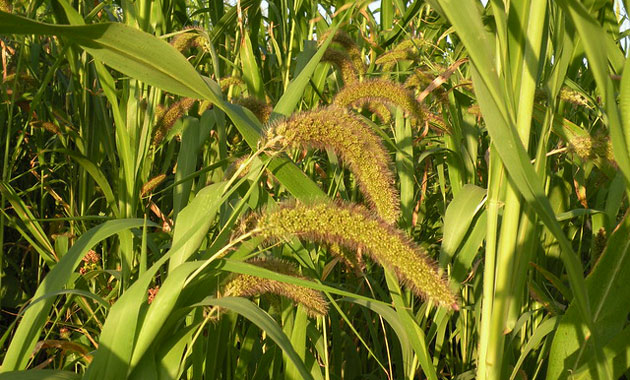
Pests and Diseases
Millet has natural resilience which is one of its strengths. Nonetheless, the following difficulties might emerge:
- Birds: The greatest issue is likely to be birds. Birds take delight in ripening seeds of millet. Plastic wrap or light meshwork to cover seed heads will offer protection for your crop.
- Insects: Aphids, mites, and cutworms at times attack millet. They are normally controlled through spraying down with soapy water or neem oil.
- Fungal Diseases: Fungal diseases such as mildew or leaf spot may take place in case of over-watering or low air circulation. Most such problems can be avoided by proper spacing and well-drained soil.
Growth Cycle and Harvesting
Millet grows fast. It requires 60-90 days to get a harvest depending on the type. The signs of readiness are the heads of the seeds become golden or brown, seeds feel firm when pressed, and there are those seeds that are naturally coming off the head.
When the seed heads are ripe, cut those using garden shears or a knife. Tie them upside down and put them in a dry, airy place for a week or so. When dry, rub the heads between your hands or beat them slightly against some surface. Shake to separate grains; it will cause the grains to fly in the air, but a little wind or a small fan will blow away the light chaff, and leave the clean grains behind. Millet harvesting is manual work, though it is rewarding to watch your golden grains come up.
Storing Your Millet
Keep your millet grains in clean containers in a cool, dark place. Millet may take months without degradation if stored properly. When you have milled a lot of millet into flour, you must use it within a few weeks, or store it in the refrigerator to keep it fresh.
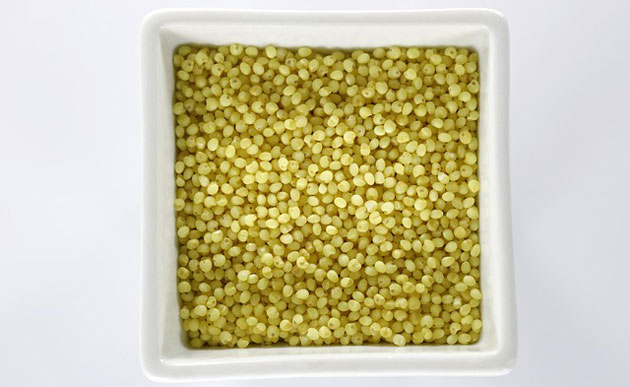
Cooking With Homegrown Millet
When millet has been harvested, it may be put into much service.
- Grain dishes: It is prepared in the same way as rice, two parts of water to one of millet; and it is cooked until soft.
- Breakfast: Simmer in milk or water and it becomes creamy; then stir in honey, nuts, or fruit (breakfast porridge).
- Baked goods: Blend a combination of the millet in the form of flour together with wheat flour to use in breads, muffins, or flat breads (baked goods).
- Toasted millet: Place the grains into a skillet and toast lightly; then sprinkle over salads (toasted millet).
- Beverages: Millet is made into traditional fermented beverages in some cultures (Beverages).
Its taste is not strong so it goes well with sweet food, as well as savory food.
Tips for Success
Plant other crops in alternating seasons with millet (crop rotation). Start small during the beginning. Test one variety in a small bed or pot; you wish to be sure it grows first. Protect maturing heads of seeds to prevent the birds from getting to them first. Keep a few of the seeds of your crop and you can plant the next harvest.
Final Thoughts
Home growing of millet is an activity that is not only rewarding, but also challenging. Out of a few seeds in warm soil you will be able to grow a crop that will nourish your family, add value to your garden, and will put you in touch with a tradition dating several thousand years old. Millet is not just any plant, it is a representation of self-sufficiency, self-sustainability, and food.
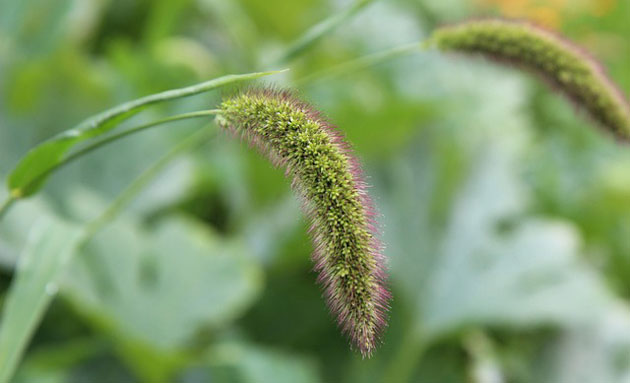
Caring for millet, you will understand why millet has been able to survive through the course of time as one of the most significant grains in the world. And after tasting how good millet which you have grown yourself is, you’ll probably find it becoming quite a permanent feature of your home garden.

